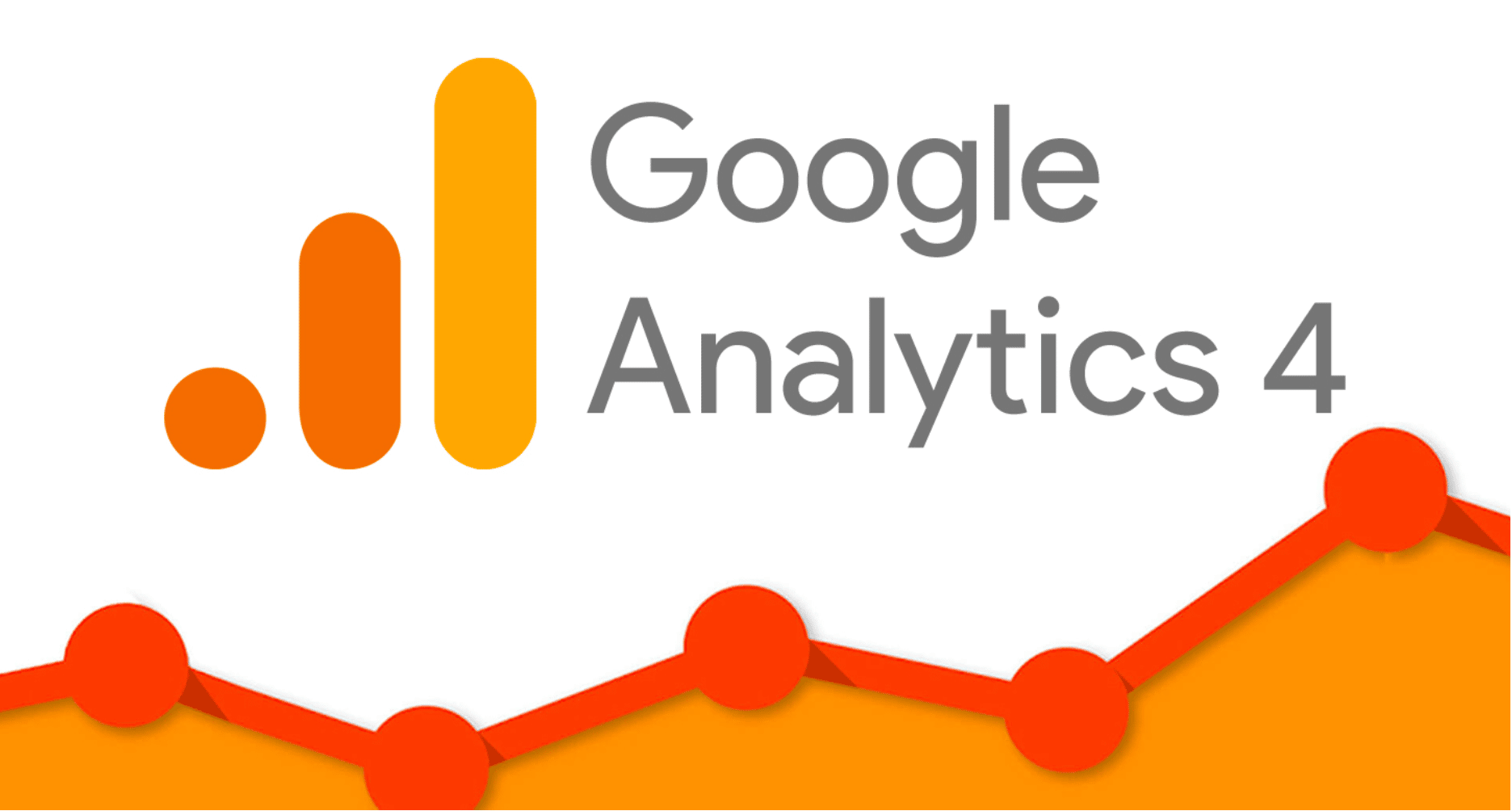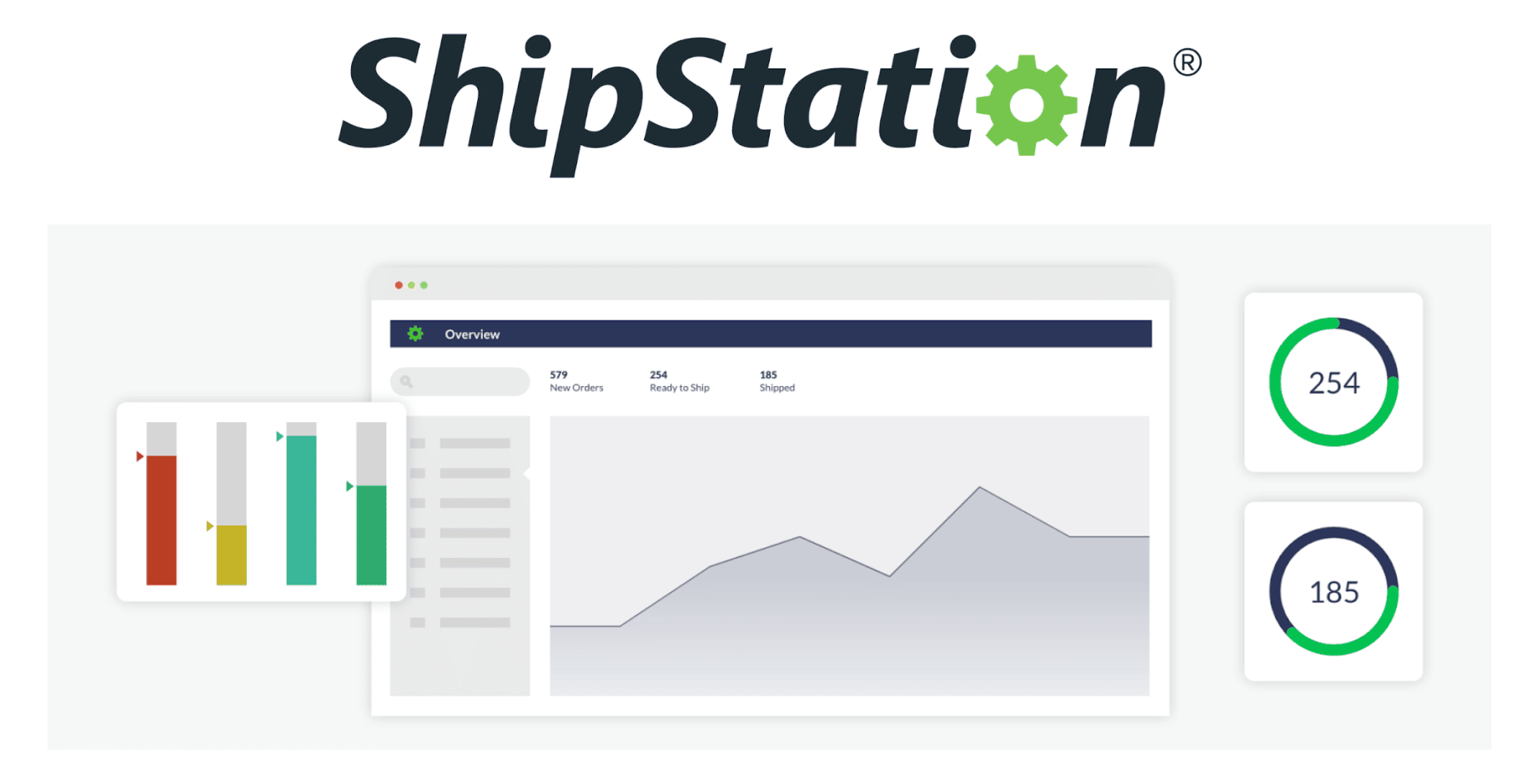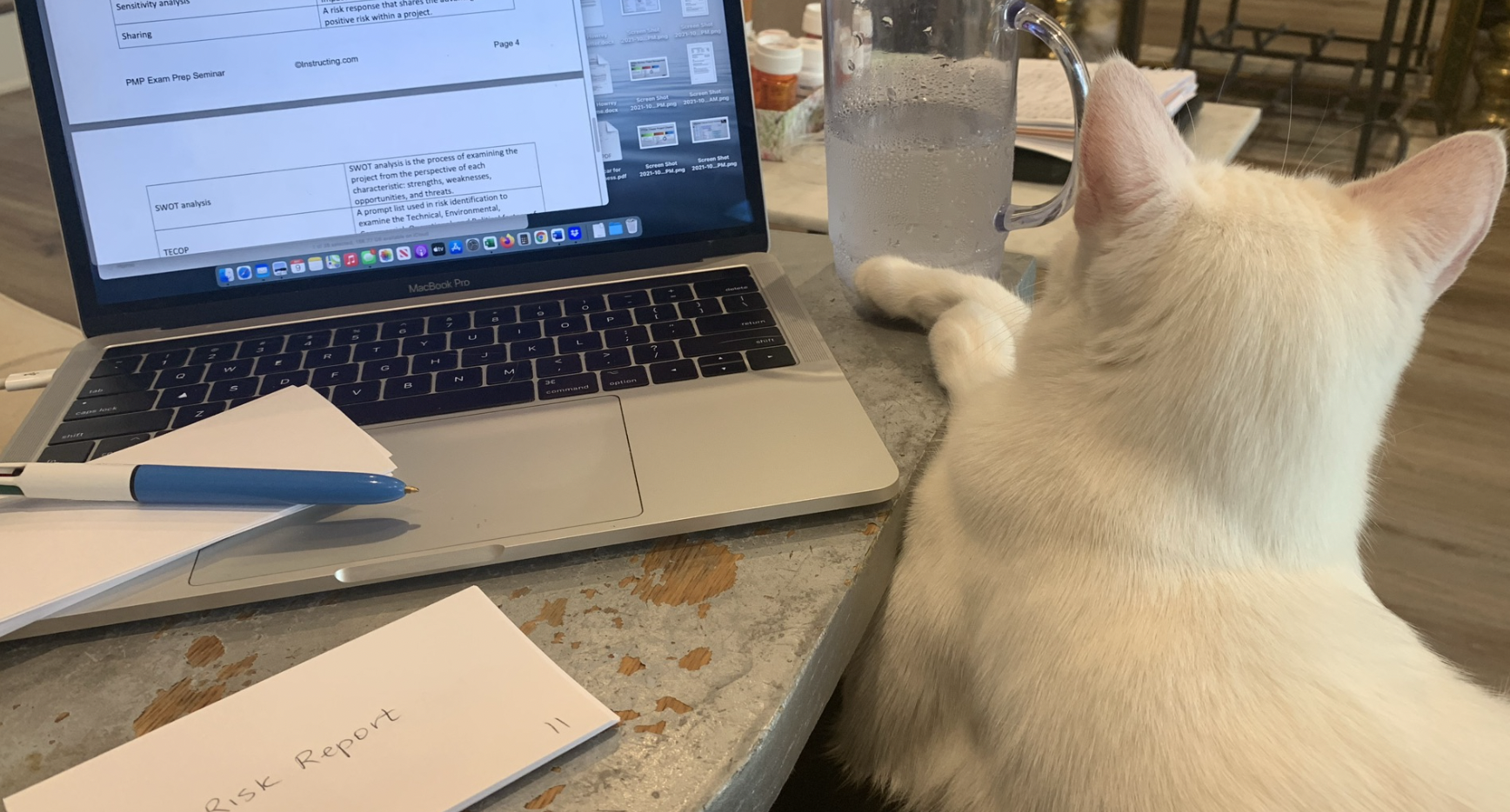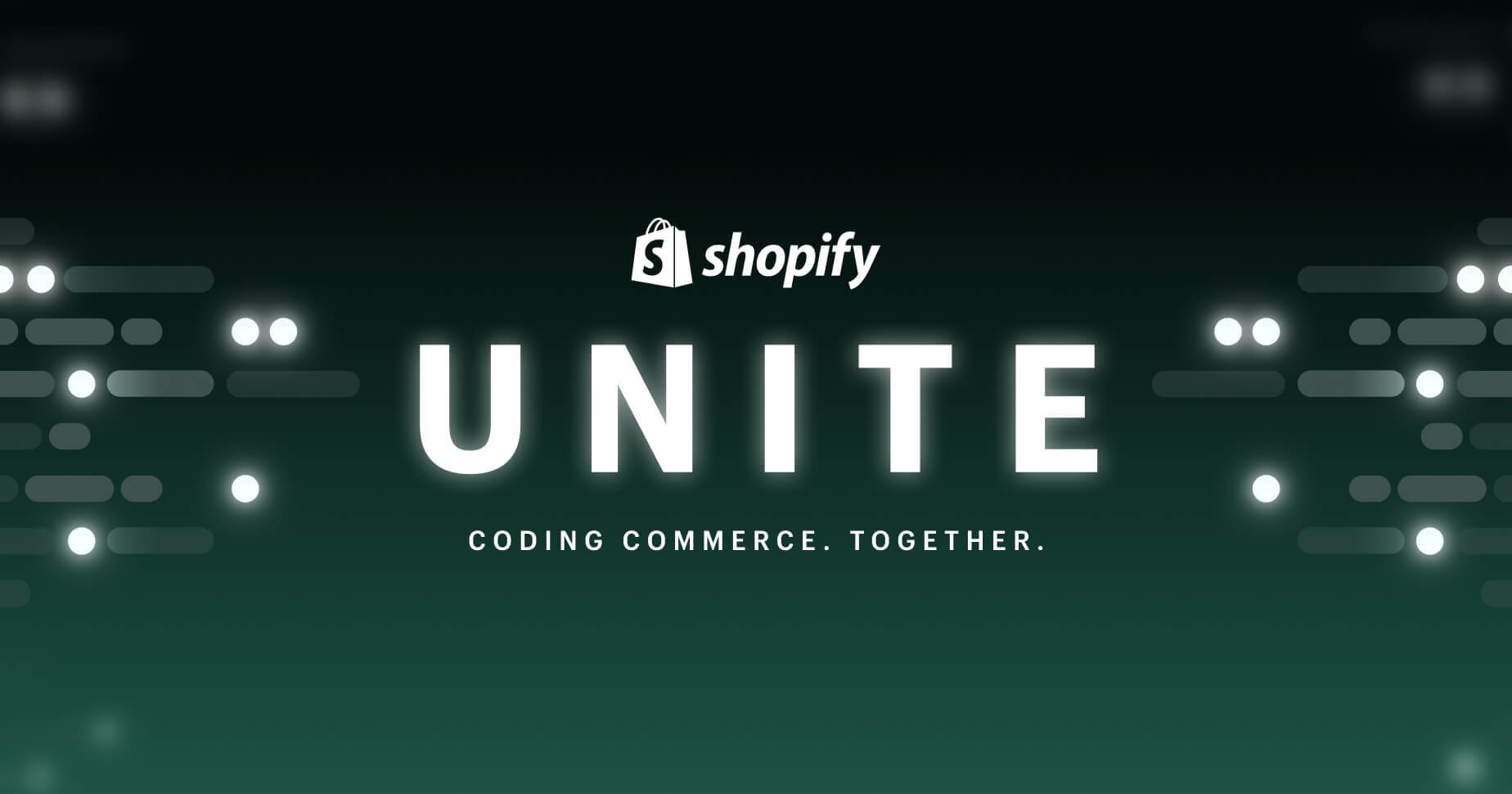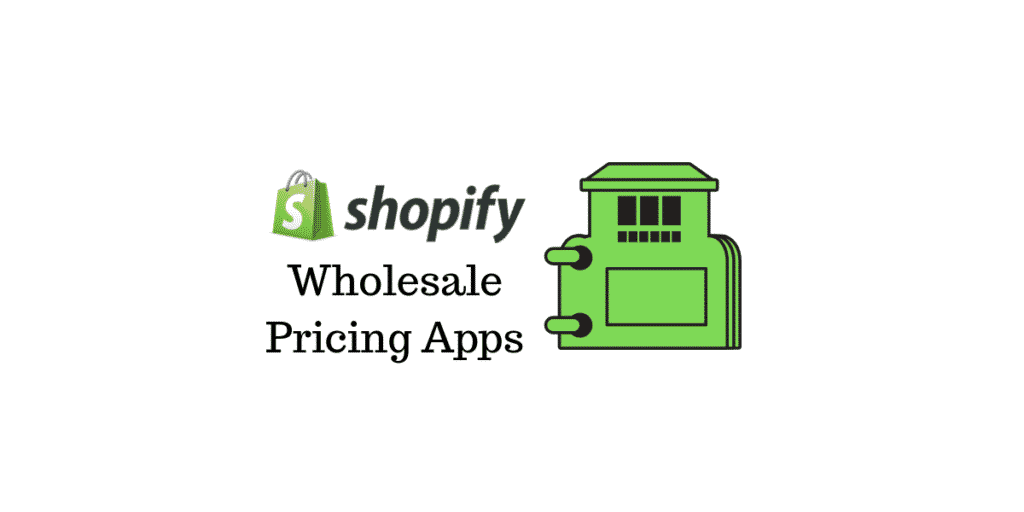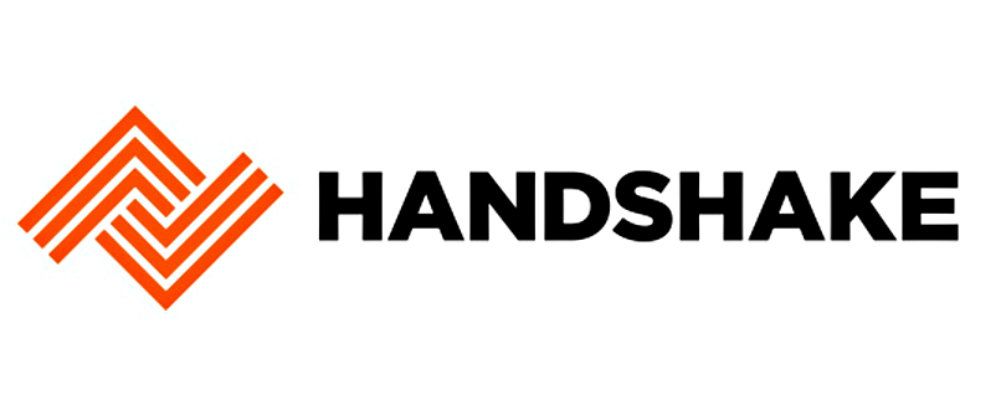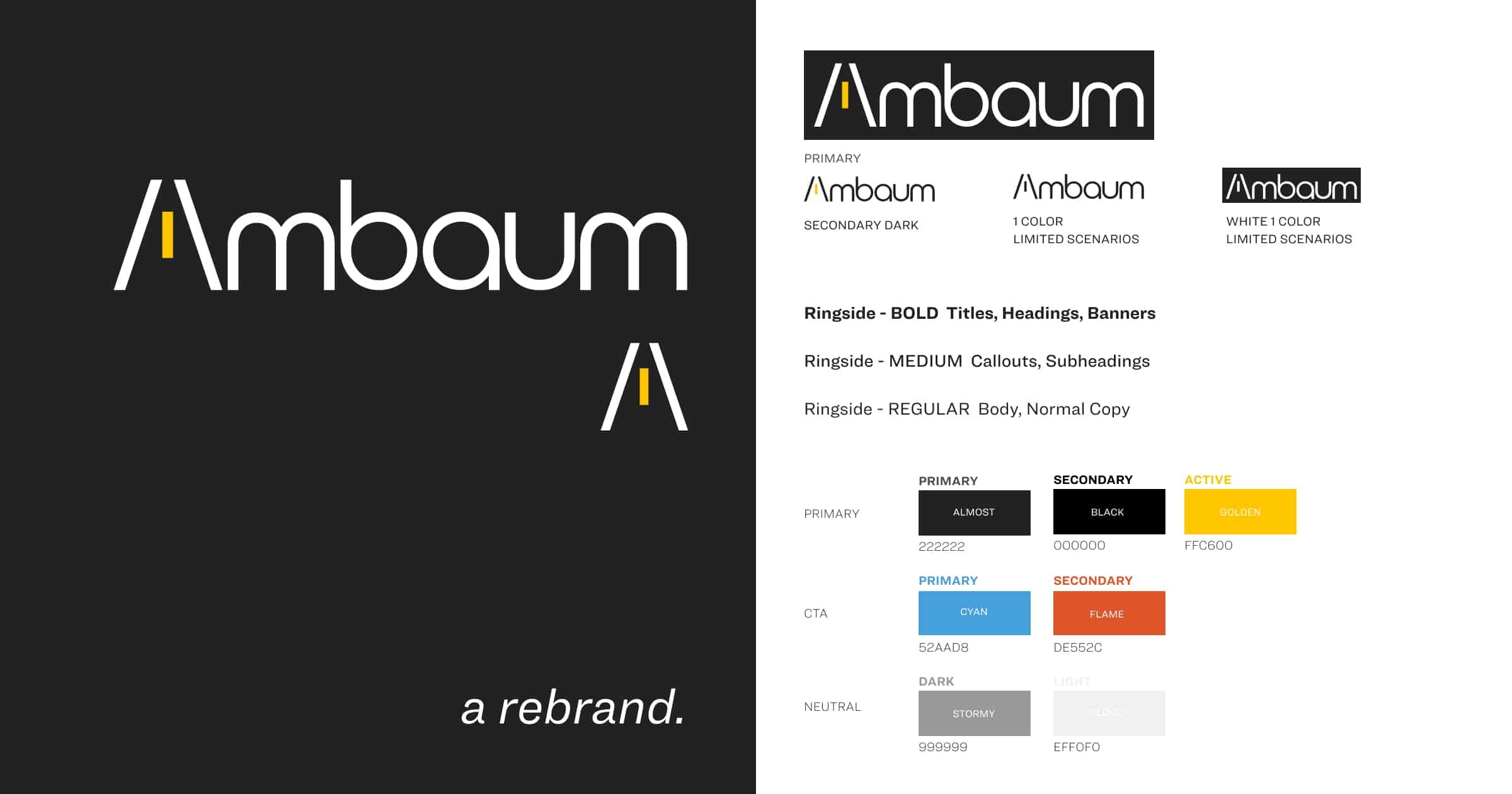Have you received notifications urging you to upgrade to Google Analytics 4 on your Google Analytics account? Are you wondering what that is, whether to commit the time to it, and why?
Well, Google Analytics 4 (GA4) is the latest version of the Google Analytics platform. It was released in the fall of 2020, and is now the standard method for measuring digital analytics. In March of 2022, Google announced the full transition from Universal Analytics (UA). This means that if you are currently using UA on your website, you will need to upgrade to GA4. If you are unfamiliar with how to do so, we have you covered. And, if you need additional assistance after this article, drop us a line, and we’d be happy to hop on to talk about our services.
Why Upgrade?
Although it can be intimidating to explore the upgrade to GA4, we suggest doing so as soon as possible. We’ve assisted merchants in the transition to Google’s advanced event monitoring, automatic insights, and additional features to all of its users. By upgrading now, you will be able to onboard the team and have enough data to compare year-to-year by this time in 2023.
In addition to that, Google has announced that they will discontinue UA (GA3) by July 1st, 2023. Without upgrading, your GA tracking will cease at this date, and Google plans to purge all historical data pertaining to your UA account in 2023 or early 2024.
Major Changes
Events
From UA, event tracking was surrounding three dimensions, and one metric. So, when a visitor subscribes to your newsletter on your website, you can send a customized event based on this customer journey. Then, you are able to establish a value on how much cost that action is worth. This type of naming convention did not allow much customization outside of these parameters with UA.
GA4 is designed to employ deeper thought-process when planning naming conventions of events. In this example of a visitor signing up for a newsletter, you could use the event name “generate_lead”, then use parameters recommended by Google, or (in many cases) customize toward your lead and customer journey, which you could not do as effectively with UA.
Parameters
As discussed, with each event in Google Analytics 4 properties, you can provide parameters. These additional bits of information will further define the user’s behavior or provide more context for an event. Parameters can be used to define the cost of a transaction or to give background information like how, why, and where the event occurred. For example, page_title is one of the parameters that is automatically sent. You can log up to 25 parameters with each occurrence in addition to the parameters that are automatically logged.
Sessions
A session occurs when a user views a page or screen. Regardless of activity, any new occurrence in UA would begin a new session, which may muddy the analytics when the user may just have your page open in the background. With more sophisticated development, a new occurrence does not start a new session in GA4, and lower session counts in your GA4 property could result from this. In GA4, a session is considered engaged when the user is active on your site or app for over 10 seconds.
Consider the possibility that a person lost service while using their mobile device to browse your website and then got it back 48 hours later. In contrast to UA, GA4 will process the late hit, which results in a greater session count.
If hits arrive within 4 hours, they will be attributed to UA. In GA4, they will be attributed up to 72 hours in GA4. You might notice more sessions in your GA4 property as well as fluctuations in reported data within these 72 hours. This is because GA4 events are processed over a larger time period.
Comparing Data
Prior to GA4, a business that had both an app and a website would have one account with two separate properties; one for the app and one for the website. This made it difficult to switch views and track one user’s journey across the two platforms. With GA4, you have the option to view the data separately or together, and you’re now able to track the journey between the app and the website. A user who visited both was previously considered two different users, but GA4 works to track users individually who interact with your brand across platforms.
There are a few differences and notes on tagging and configuration between GA4 and UA:
- The same web pages are being tracked by both your tracking ID (UA property) and tag ID (GA4 property).
- Equal tag implementations are available for both properties. Review these factors, for instance, before utilizing related site tags.
- Every tag is successfully firing. You can use Google Tag Assistant (GTA) to make sure your tags are functioning properly.
- (Property settings > Reporting time zone) Your UA property and GA4 property share the same time zone.
- You contrast a single web data stream in your GA4 property with an unfiltered view in your UA property.
- In order to compare data in the Realtime reports, both the UA property and the GA4 property must have been collecting data for at least 30 minutes.
Data Retention
The data retention policy has been a confusing topic to many, as Analytics Help outlines that GA4 properties, conversion and user-level data, can be set to a maximum of 14 months of retention. Regardless of your preferences, the age, gender, and interest data are always retained for two months. Additionally, data that has already been gathered is carried over when the retention term is extended, and there is a 2-month limit for XL properties.
So, the concern is around the need to compare data for more than the maximum retention period for more in-depth reporting. And, how does this work with custom segments and/or aggregated reports?
As of right now, you are able to view more than 14 months of data with an aggregate report. However, this is not the case if you are using the Explorations reporting feature in GA4. Remember that even if you make comparisons in the reports, the data retention setting in your GA4 property has no impact on basic aggregated reports (including primary and secondary dimensions). Only reports from Explorations are impacted by the data retention setting.
The Transition
Invest the time to structure your events and customer journey. Essentially, you will need to build a new set of tags that are utilizing GA4 if you currently have UA implemented in your container and want to switch to it. Try not to go too narrow, or too broad with your naming conventions. Instead, try to find the middle ground, making your parameters descriptive where you can guess the value of those leads without going overboard in specificities.
We have recently assisted a few merchants on their transition into GA4, and above are some of the few key points we’ve learned. We won’t go too in-depth about how to upgrade, as Google has released detailed instructions (and this may be a whole other article in and of itself). But, it is important to consider GA4 as a necessity, a fresh endeavor, with a new naming scheme, new data format, and new platform.
If you’d like to migrate smoothly with our expertise, and have more questions, we’d love to help. Drop us a line here to fully discover the expertise of our team at Ambaum, and make sure you sign up for our newsletter to keep up-to-date for all things Ambaum.

